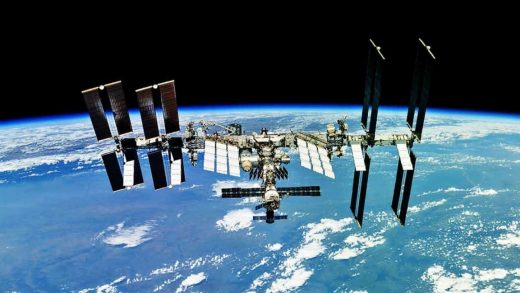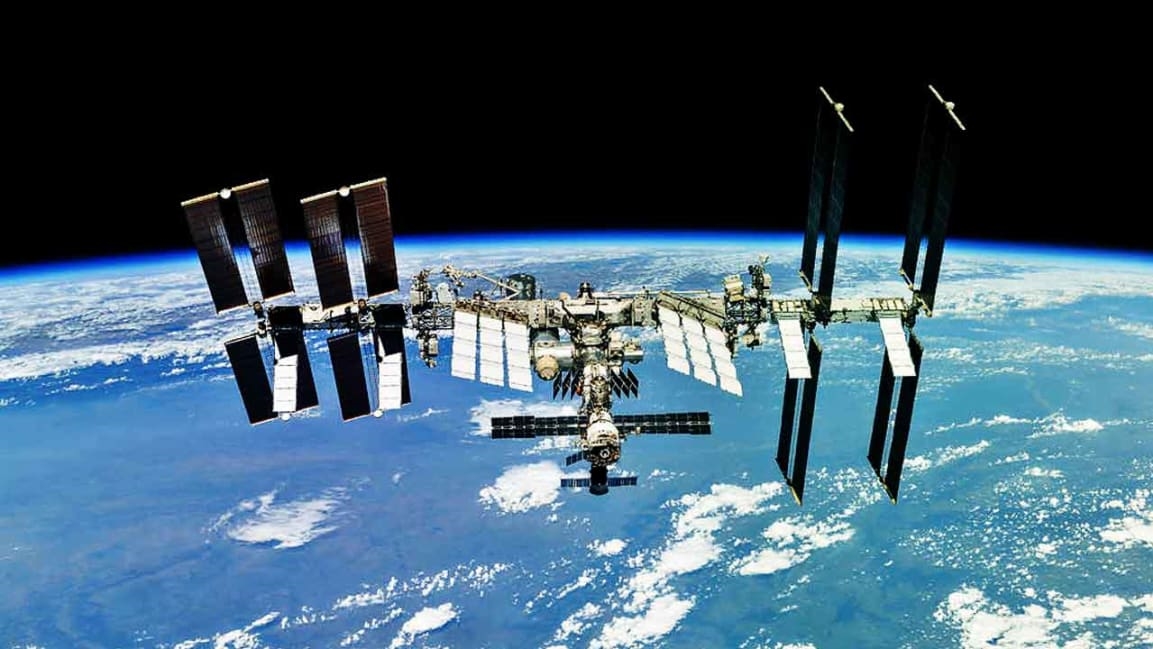The International Space Station is now open for business and tourists
NASA just (metaphorically) whipped out a giant pair of scissors and cut the ribbon to welcome customers, because the International Space Station is ready for business and throwing open the airlocks to any company that needs to operate in low-Earth orbit.
Representatives of 20 companies joined NASA officials onstage to launch the space agency’s new commercial plan, which allows private businesses to operate on the ISS, including “in-space manufacturing,” marketing activities, healthcare research “and more.” It also lets private astronauts visit and stay on the ISS. (Start saving your pennies!)
As NASA reminded taxpayers in a statement, over 50 companies already conduct commercial research and development in the International Space Station’s U.S. National Laboratory, and NASA has worked with 11 different companies to install 14 commercial facilities on the ISS. They also swear that their plan to open the doors to private business and rich tourists “doesn’t conflict” with government and public-sector use of the ISS, but makes it easier for private companies to use the space base—and help NASA earn a little money on this side hustle.
Of course, NASA has a little work to do before it can let just anyone onboard. It laid out a five-step red tape-combatting plan to make its dream a revenue-generating reality, including developing commercial destinations on the ISS, studying space manufacturing and regenerative medicine, and establishing minimum viable needs for long-term commercial operations in long-term orbit. As for astronauts, private space cowboys can visit the ISS for up to two short duration trip per year, beginning as early as 2020.
Missions must be privately funded, dedicated commercial space flight, and will have to use U.S. spacecraft, which is good news for SpaceX and Blue Origin and other companies in the space race. Exactly how much that will cost is still TBD, but NASA is developing pricing for use of life support, crew supply, storage, and data. As the BBC notes, it could cost as much as $60 million per flight, if not per astronaut. That just means space is closer than ever for oligarchs, tech titans, and other assorted billionaires, while the rest of us will have to become astronauts the old-fashioned way, DIY style.
.@Space_Station is open for commercial business! Watch @Astro_Christina talk about the steps we’re taking to make our orbiting laboratory accessible to all Americans. pic.twitter.com/xLp2CpMC2x
— NASA (@NASA) June 7, 2019
(22)



